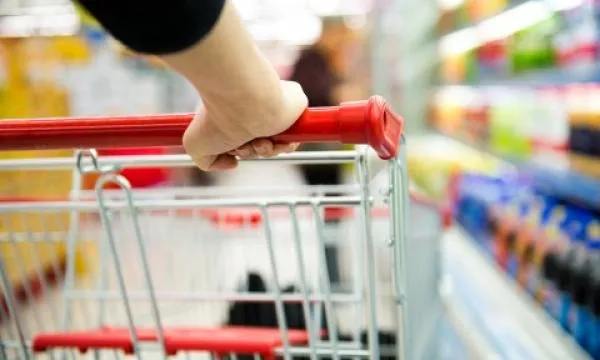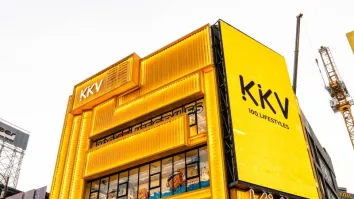
Are community stores the next big thing in China?
This is largely driven by urbanization that is happening at a large scale in the country.
Albeit a very small market share, community stores are expected to gain traction on investments over the next five years in China, according to a report from IGD.
JD.com’s 7FRESH head Jonathan Wang said this is largely driven by urbanisation that is happening at a large scale in the country, leading to population’s preference for local jobs, local life, and local accommodation. From the perspective of Chinese social structure, community stores are typically defined as those within 0.5 km to1.5 km radius from a community.
Community stores are said to fill a gap in shopper needs such as closeness, extra convenience, and focus on high quality fresh produce goods. This is relevant in urbanisation as it greatly increases the number of middle-class shoppers, who are time poor but will not compromise on quality and lifestyle.
The report adds that despite the large market for community stores, the associated risks are also high, which include high rental and labor costs. This is in contrast to the focus of a community store on meal occasions and carries a smaller range than what can be typically found in a supermarket.
There are two sub-formats of community stores, one of them is minimarket, which is an omnichannel with an average store size of 300-500 sqm. Its services include home delivery service and extended opening hours to provide elevated convenience.
Pre-prepared Chinese food and fresh produce will be the main range compared to the snacks and rice, flour, oil in a typical supermarket. Repetitive promotions like those adopted at supermarkets will not work well in this sub-format.
Technologies such as smart inventory and intelligent scheduling are also used to reduce cost.
The other format is compact stores, which has an average store size of 1,000 sqm and are just emerging in China but is showing great potential in the market.
Wang also adds that centralised purchasing to simplify the process and reduce costs, delivering good-value-for money for shoppers will help overcome the challenges and risks to achieve operational sustainability. Differentiated products supported by strong sourcing capabilities as well as supply chain efficiency and strategic site are also important.
He highlights that shopper loyalty, shopping frequency, and repeat purchases will be more important than shopper acquisition for community-based stores.



















 Advertise
Advertise





